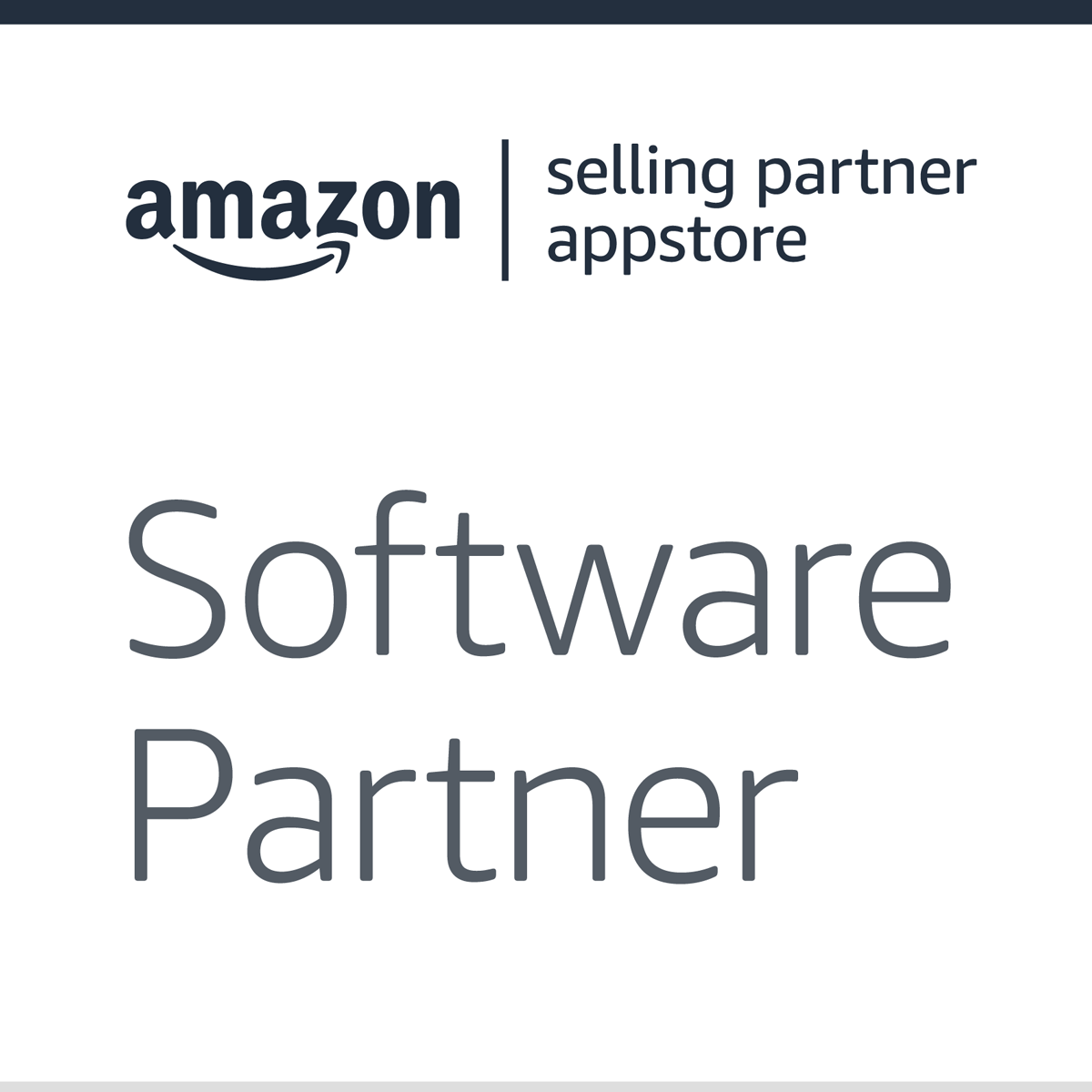Originally published on May 24, 2018, updated February 21, 2025
Menu
Join Our Email List
- Receive our monthly newsletter.
- Stay up to date on Amazon policies.
- Get tips to grow your business.
Amazon announced to their vendors at the beginning of 2018 that all basic level A+ content, also known as enhanced brand content, would be free. This is a wonderful thing. It appears that Amazon recognizes the value of this content not only for driving sales within their platform but also for drawing traffic from Google and other external sources. If you haven’t made use of A+ content for your product listings yet, it’s worth diving into.
During the recent Amazon vendor training sessions I've attended, I've heard that product pages with A+ content see on average an 11% lift in their first 90 days. A continued lift of 6% remains active for the subsequent year. Considering that every dollar counts, these percentages are difficult to ignore.
2024 update: Brands that use Basic A+ content can use shoppable content modules. These allow shoppers to add an item to cart from the Standard Comparison Chart module.
If you’ve spent time in any sort of web-based business, you know content is top priority, with user experience in a close second place. More so, search engine optimized content is supreme. As I noted above, A+ content can help draw traffic from search engines outside of Amazon’s domain. This is crucial in how you compose your A+ content – you want the most basic web browser capable of reading every single word you place on the page. It must make logical sense to the consumer searching for your type of product when he or she reads it.
Succinct, easy-to-read descriptions, and "romance copy" are key. Sell the lifestyle, features, functions, and everything contained within the product. Do this in as few words as necessary without superfluous embellishments and flourishes. Instead, provide a holistic picture by talking straight to the consumer. Give consumers every reason in the world to trust what you are saying.
Images should complement the text and sell the product. Use beauty and lifestyle photography of the product that is clear, strong, and eye-catching, but also shows how the product is used. Appeal to the consumer’s senses and emotions. Educate your prospective customer by including diagrams of functionality and features when it makes sense.
In Amazon’s A+ content builder tool, you can add alternate text tags to images – always use this feature. Because search engines cannot read words embedded in images, or discern the subject matter that is depicted, these alt tags enable you to tell the searching consumer and the search engine what is contained in the image. Without them, these images are just as useful as a blank sheet of paper during the search process.
Use your brand’s naming conventions in every alt tag. Don’t just state, “woman holding coffee cup”; list the names of the brand and collection of the coffee cup, its defining feature, and its SKU, such as, “Brand X Morning Collection 16oz Coffee Mug XBC789.” This enables a consumer to find this image and its detail page when he or she searches for the brand, the type of mug, or the specific SKU. Other more reader-friendly versions of this text should appear as the caption or accompanying text in the A+ content area.
Combining my own hands-on experience with what I have learned from the experts at Amazon, there is a basic, logical framework A+ content should follow to educate consumers and drive sales.
Use a consistent format for your A+ content across all of your product pages. Treat it as part of your overall corporate or product branding. After all, it’s no different than the printed packaging and the advertisements used to promote your products. Always provide a familiar experience that is recognizable to your brand.
2021 Update: Amazon now allows sellers to apply the same A+ Content to hundreds of ASINs using a bulk CSV file upload, making it easier to share brand information across large product selections. A+ Premium Content is also available to vendors.
Considering A+ content is now free, you have no excuse not to use it to build your brand while driving informed sales. Take advantage of this great feature!
A+ content aplus content a plus content a+ contentOriginally published on May 24, 2018, updated February 21, 2025
This post is accurate as of the date of publication. Some features and information may have changed due to product updates or Amazon policy changes.
These Stories on Business
14321 Winter Breeze Drive
Suite 121 Midlothian, VA 23113
Call us: 800-757-6840





Copyright© 2007-2025 eComEngine, LLC. All Rights Reserved. eComEngine®, FeedbackFive®, RestockPro®, and SellerPulse® are trademarks or registered trademarks of eComEngine, LLC. Amazon's trademark is used under license from Amazon.com, Inc. or its affiliates.
No Comments Yet
Let us know what you think